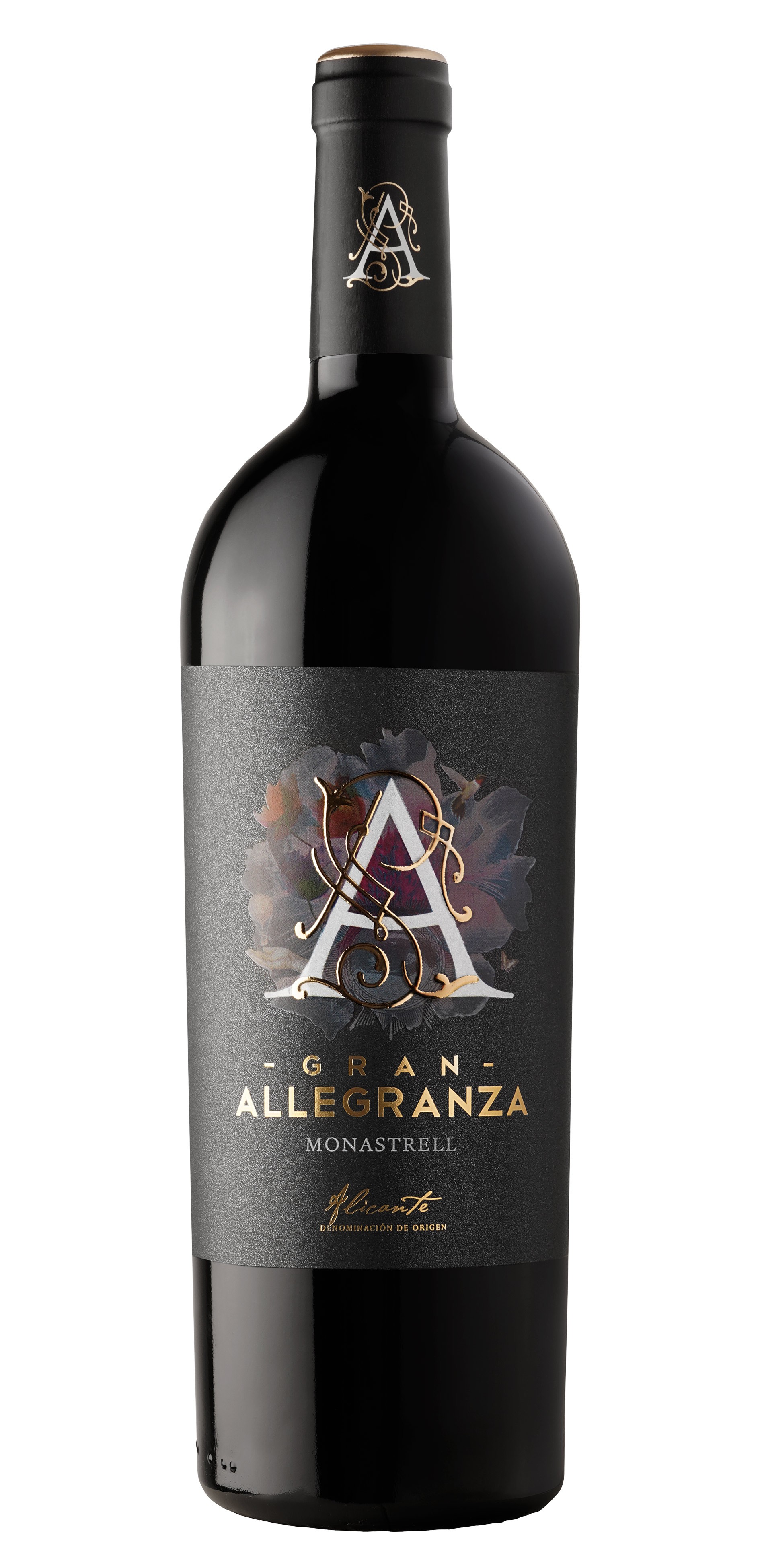
Hammeken Cellars And D.O. Alicante
Archaeological remains reveal Iberians produced wine in the lands of Alicante.
So did Phoenicians and Romans... all the way to the present day.
The Alicante wine boom began at the beginning of the 19th century, but it was hit by the phylloxera aftermath. It took almost a century for D.O. Alicante to recover its former splendor.
But since 1990, thanks to a generation of young winemakers, the production of quality wines has fortunately resumed.
Did You Know?
Fondillón is a local sweet wine, made from Monastrell grapes. It was widely exported to Northern Europe in the sixteenth and seventeenth centuries.
Alicante wine enjoyed a "Royal Denomination". It was drunk by cardinals, literary authors and even the kings of France.
Famous writers such as Dostoyevsky, Dumas, Salgari and Quinet Davillier spoke of Alicante's wines in their books.
D.O. Alicante: Two Zones, Two Climates, One Terroir
D.O. Alicante is divided into two regions: Vinalopó and La Marina.
The first one runs around the Vinalopó river until reaching Murcia, at 400-700 meters of altitude.
Its climate is semi-continental, with Mediterranean and continental influences from the plateau. Summers can reach 40 °C temperatures, and the winter temperatures go down to 5 °C.
La Marina extends along the coastal area of Alicante province, from Villajoyosa to Teulada.
It has a typical Mediterranean climate: mild winters, long warm springs and moderately hot summers, with temperatures that can reach 35 °C.
Both regions have sandy and clay soils, with good drainage that prevents water retention.
A Few Figures
3
Main grape varieties: Monastrell and Garnacha in Vinalopó, and Muscatel in La Marina.
500 mm
Precipitation in La Marina, which may be torrential.
< 300 mm
Precipitation in the Vinalopó. This area is drier, favoring the growth of Monastrell.
And the outcome
We take advantage of Vinalopó's great climate/soil combination to create a joyful wine.
Because happiness is in small things
-
 DO AlicanteRed wine
DO AlicanteRed wine